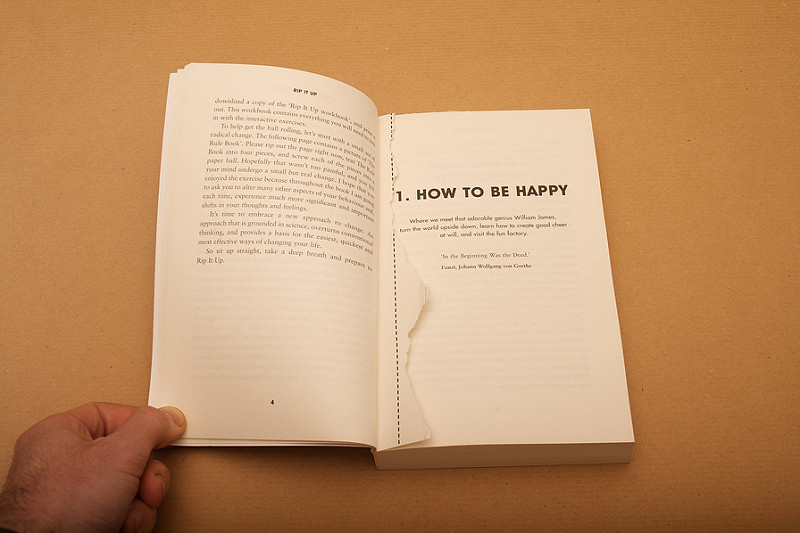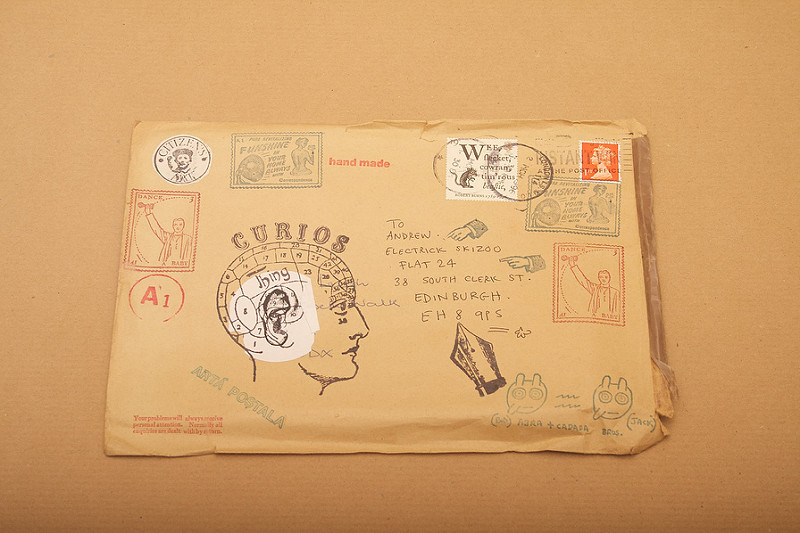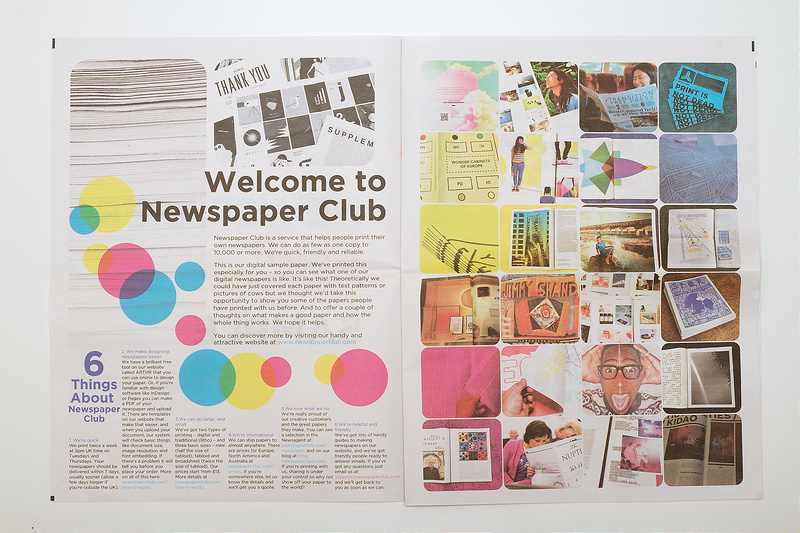Making a zine about making stuff
Update, October 2013: Hot Glue is out. Check the write-up here.
As part of the broader activity around Brighton Mini Maker Faire, we are producing a magazine for visitors to take home with project guides and inspiration to help them along the maker path.
I’ve written about the project on the Brighton Mini Maker Faire blog, but here, I wanted to share more about where the idea came from, and some creative inspiration.
Back in the day
In the early 90’s, I, together with my friend Tim, put together a fanzine called Electrick Skizoo. I wrote about it briefly in my first post on this blog. Suffice to say, it was short-lived, not widely read, and pretty poorly written. But — it did exist, and for that, I am proud.
At that time, as well as producing my own zines, I collected others, and even ran a few zine stalls at book fairs and gigs. I also corresponded with other people in that world, as we sent each other pound coins taped to postcards in exchange for zines, asked for interviews, or passed round flyers.
The world of zines was full of independent creative spirit and energy. It also stuck two fingers up at the dominant culture of the times, which was one of blissful, polished consumerism.
A gateway drug
Of course, the web changed all that, and we mostly drifted away from the world of paper zines to new forms of expression. But all this time, I’ve harboured a love for the fanzine ethos, and at the back of my mind there’s always been an idea about producing a zine again. And with making, I’ve found the perfect opportunity.
I’ve seen the power of live events to engage and inspire people in new creative ideas. Maker Faires are wonderful events – literally. But the spark of inspiration fades quickly. People return to the real world, the everyday reasserts itself, and new ideas push out old ones. I suspect that much of the energy we generate in one day dissipates the next.
So this year, we proposed some other activities around Brighton Mini Maker Faire to help protect that spark, and give it fuel after the event. Thanks are due to Arts Council England who saw the need for this activity and are supporting us financially. These activities include workshops on the Sunday following the event, and continuing in the months after. We’re also going to produce a zine. Check the Brighton Mini Maker Faire blog for full details, including how you can contribute. But in short, it’s a zine of simple maker projects designed to get people making stuff as soon as they get home, and ease them towards the existing maker resources like hackspaces, online communities and regular magazines.
I see it as a kind of gateway drug into the word of making.
Creative inspiration
At the moment, we’re reaching out to the best writers and makers we know to find the projects and articles that will make up issue one. There’s a top-level brief over on the Brighton Mini Maker Faire website if you’re interested in contributing, and want to know what we’re after. Here, I wanted to share some inspiration from zines and other things I’ve found that have informed where we’re at now, and how we’d like it to feel. Thanks to Emily from Stanley James Press for sharing her ideas and helping me crystallise mine.
Already inspired? Cool, send in your ideas here.
Hack the world
‘Hack’ is an over-used term. However, it’s liberating to see the systems and materials of the world as being there for your appropriation and re-use. I love this issue of Nil By Mouth zine, overprinted onto magazine pages, brochures and poster stock.
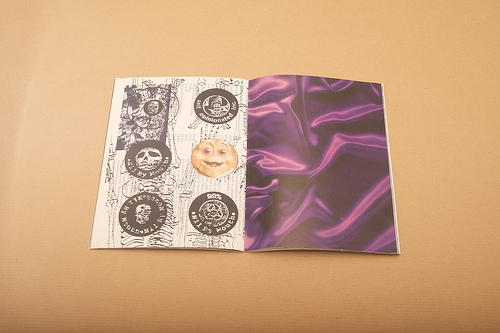

Use what you have, if the alternative is not doing anything
The signature cut-and-paste aesthetic of punk and fanzines is driven from this motivation. Don’t let lack of resources (or expertise) stop you from doing something. The resourceful, do-first-think-later spirit is essential to making or doing anything.

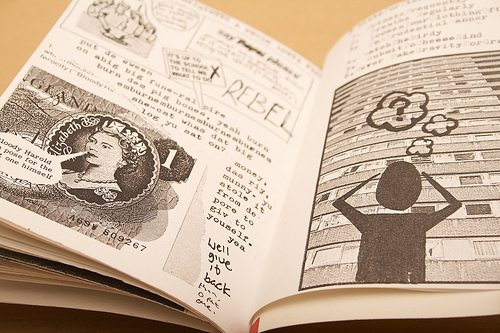
Made with love
This issue of Cometbus is one of my favourite zines ever. It’s made up of nothing but words, mostly by Aaron, all painstakingly hand-written. The stories all come from the heart, even the stuff about getting free coffee in fast food restaurants.
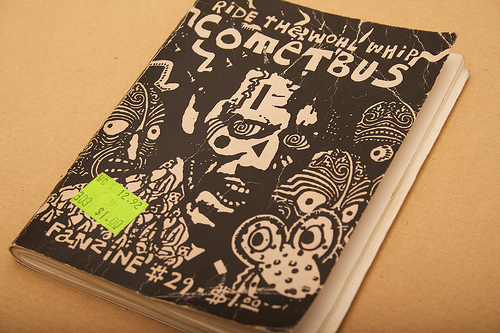

Desirable, but not glossy
High production values can sometimes create distance between the object (or magazine) and the user/customer (or reader). In most mass-produced goods, intentionally so. You can charge more for it. Most zines come from a different place, where anyone can be a producer. But they’re not widely desired. I’d like to make a desirable object that is — as much as it can be — immediate, still made by human hands.
Stanley James Press’ Periodical is a lovely object, made with care and skill. But it’s also evidently made by people. It’s assembled by hand. It’s approachable, (in a way that a perfume ad in a glossy is most definitely not – “You want some of this? Go to Boots and shell out for the perfume, my friend”).
Play with me
The premise of Richard Wiseman’s book, Rip It Up, is essentially: do things differently, in order to think differently. There’s a cute exercise in the first few pages that invites the reader to engage physically with this idea. He asks you to tear a page out of the book. Engaging physically with the world is key to making. I’d like to bring that to the zine.
Customisable, unfinished
Related to the previous idea. I’d like to make something unfinished, that the reader has a hand in making. It could be through stickers or rubber stamps, maybe hand-printing a cover at the event.
Field Notes produced an edition of their hipster notebooks that came with a blank cover and a set of Letraset rub-down lettering. Not too hipster for me though; we might copy that idea.
Rubber Whammy was a zine/catalogue that specialised in rubber stamps. Also pictured below, a typical envelope from a fanzine/mail art producer, re-used several times and covered with rubber stamps and stickers.
Here’s a photography show where visitors can assemble their own book of the artist’s work. More at PetaPixel
Disposable or precious?
Not sure where I stand on this one. Newspaper Club is a wonderful idea, that I’m waiting for the right moment to use. You can’t run a conference or have an art show without producing a newspaper to commemorate it. The format is rich with possibility. But, then there’s the Metro, and Sunday papers that weigh a kilo and are padded out with dross. In some ways, the newspaper format has become too cheap, more tomorrow’s fish & chip paper than today’s news. So I’m not sure this is the right format for us.
Shareable
Yes, there’s a kind of irony here. Let’s re-implement Facebook with some combination of paper, envelopes, photographs and stamps. I’m not sure how we can do this, but I would like to encourage people to share projects from the zine with their friends, or tell us how they got on. We have considered including a stamped addressed envelope on the front. Whatever the best solution is, I would be very happy if we could include perforations in some way.
Anyway, there are some ideas that are going into the zine right now. It’s moving quickly, and I’d be interested to hear other people’s ideas. Leave a comment below, or sign up on the Brighton Mini Maker Faire site.

